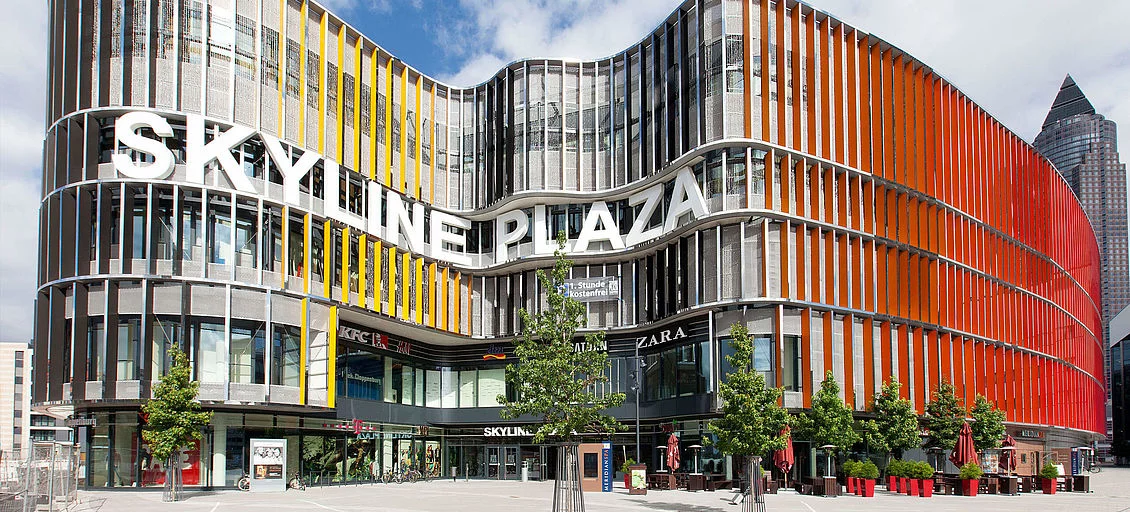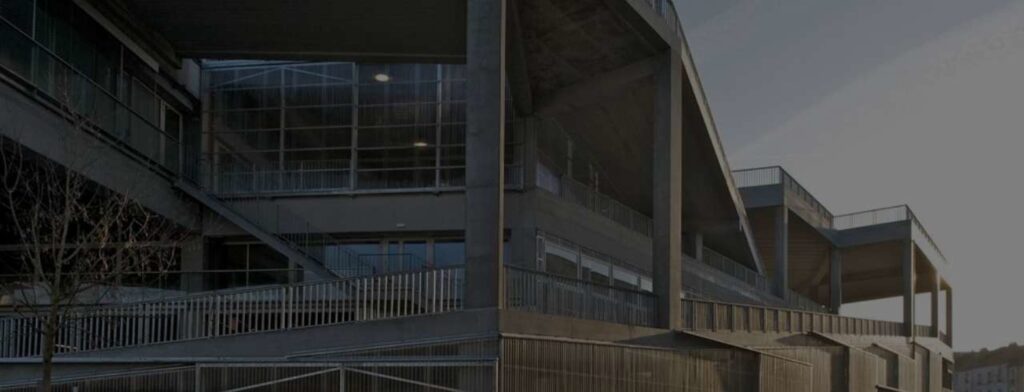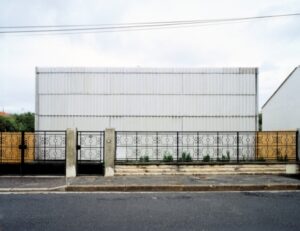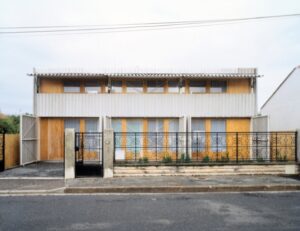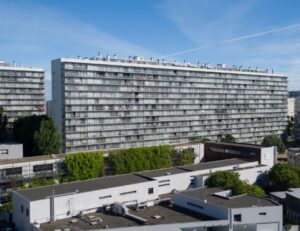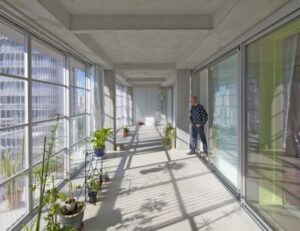We already knew this at the 13th International Architecture Exhibition, the Venice Biennale: ‘reduce, reuse, recycle’ is the mantra of our time, meaning building redevelopment should take precedence over newbuilds. With this in mind, architects now have to provide comprehensive advice to the developers they are working with on all matters regarding energy-efficient renovation. This is all based on holistic thinking and planning which covers the building envelope and technology, renewable energy, and the opportunities provided by smart building. The details, such as entrance mats, which are so much more than just dirt collectors, should not be ignored in all of this
Ecological renovation and creating living spaces
The two topics on everyone’s lips today are building efficiency and the creation of living spaces. Here, architects prefer to renovate existing structures rather than creating newbuilds and the BdA (Association of German Architects) also makes reference to the disastrous ecological consequences and costs of newbuilds. On the one hand is the gas-guzzling construction machinery and lorries which are needed to transport materials, and on the other, the production of construction materials, which devours vast quantities of (fossil) energy, resulting in high CO2 emissions. In addition to this, excessive amounts of finite resources such as gravel, sand, clay and ores are being consumed.
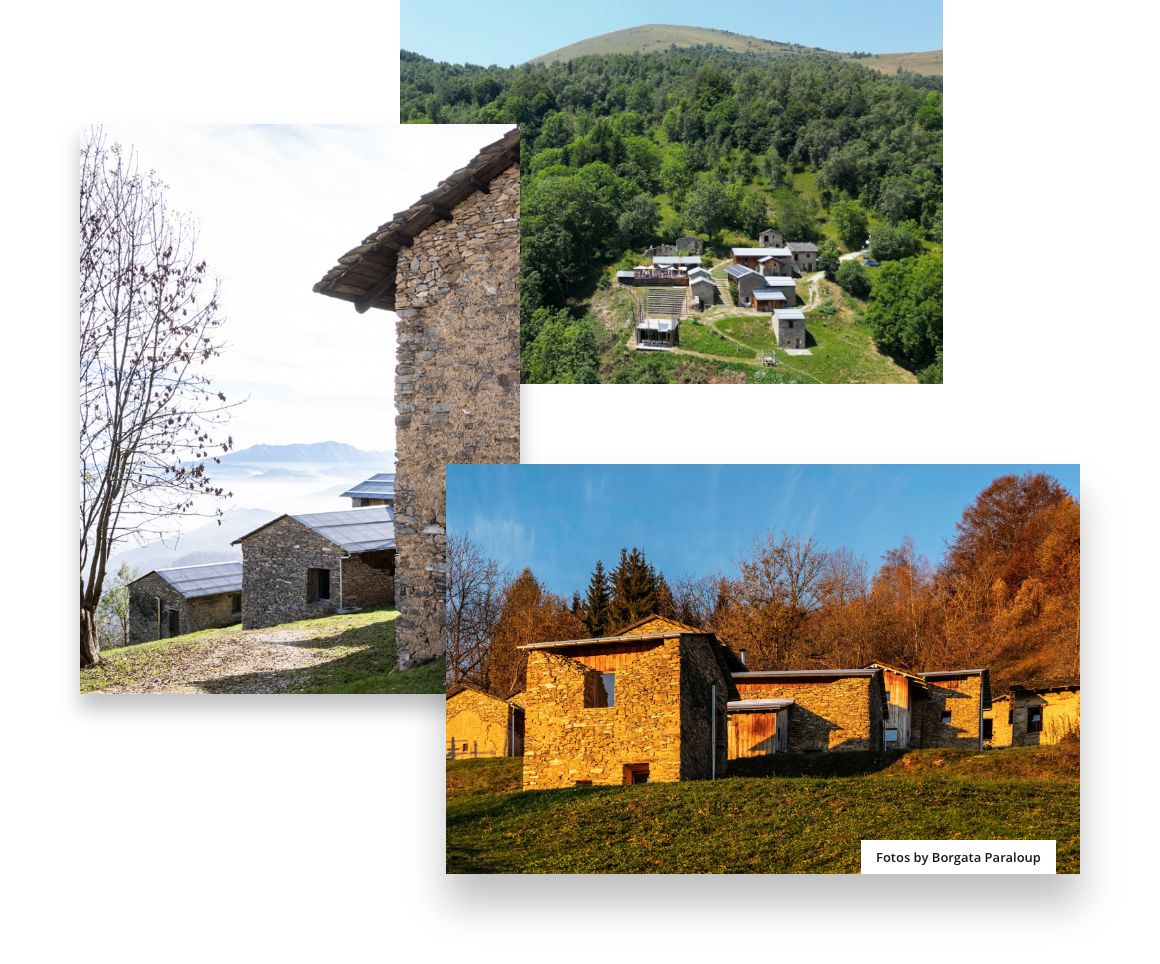
Architects for Future: Appreciating what is available
The issues raised by Fridays for Future have now also reached the architectural profession. Architects for Future is demanding the number of renovations increases from one to at least four per cent. The fact that the Parisian architect Anne Lacaton and her partner Jean-Philippe Vassal won the Pritzker Architecture Prize for their conversion projects proves that this takes creativity and forward-thinking and can succeed at the highest level. There are other reasons to renovate. Building authorities are not keeping up with applications for newbuilds and there is a shortage of materials. Architects for Future therefore demands an end to random demolition and new construction, and the control of demolition permits. Such an ecological measure would be conducive to building redevelopment.
When standards become a stumbling block
What makes building redevelopment really difficult is the labyrinth of local standards. Many standards and building specifications are easier to implement in newbuilds than renovations. The nightmare of liability prevents many from seeking out unconventional solutions. People are now talking about a conversion regulation which would reset the priorities, a law favouring building redevelopment over newbuilds, creating the requisite room for manoeuvre. And many prominent examples of spiralling costs and out of control schedules act as a discouragement in addition to the pile of standards. For example, costs doubled at the Deutsches Museum in Munich during renovation. To be able to make building redevelopment cheaper and more sustainable, Architects for Future is calling for a new ‘E’ type building to which some of the over 3,000 standards do not apply.
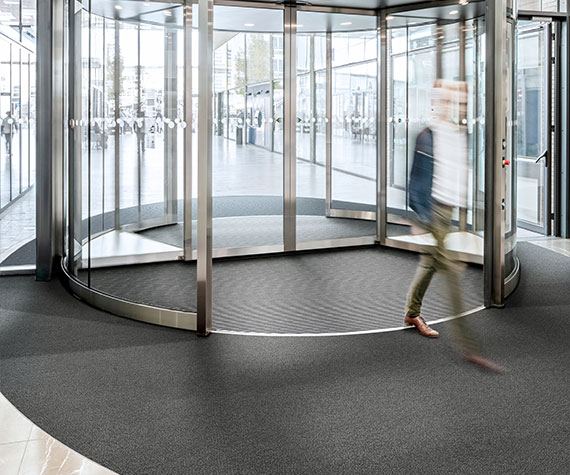
Planning in clean off zones from the start
Irrespective of the standard, there is no doubt that when renovating, plans should be put in place early which allow potential future costs to be saved through well thought out renovation. Architects and planners can prevent consequential costs before the start of construction, even in entrance areas. And in high traffic entrance areas, it’s all about an optimum entrance mat system Depending on the inserts and length, a clean off system specifically adapted to requirements absorbs up to 90 % of the dirt on shoes. The best solution for you is a 3-zone cleaning system from emco. It effectively reduces the contribution dirt makes to costs and damage – and therefore the building’s cleaning intervals and costs. Giving you more time until your next refurbishment. Like to know more? Don’t hesitate to get in touch!
